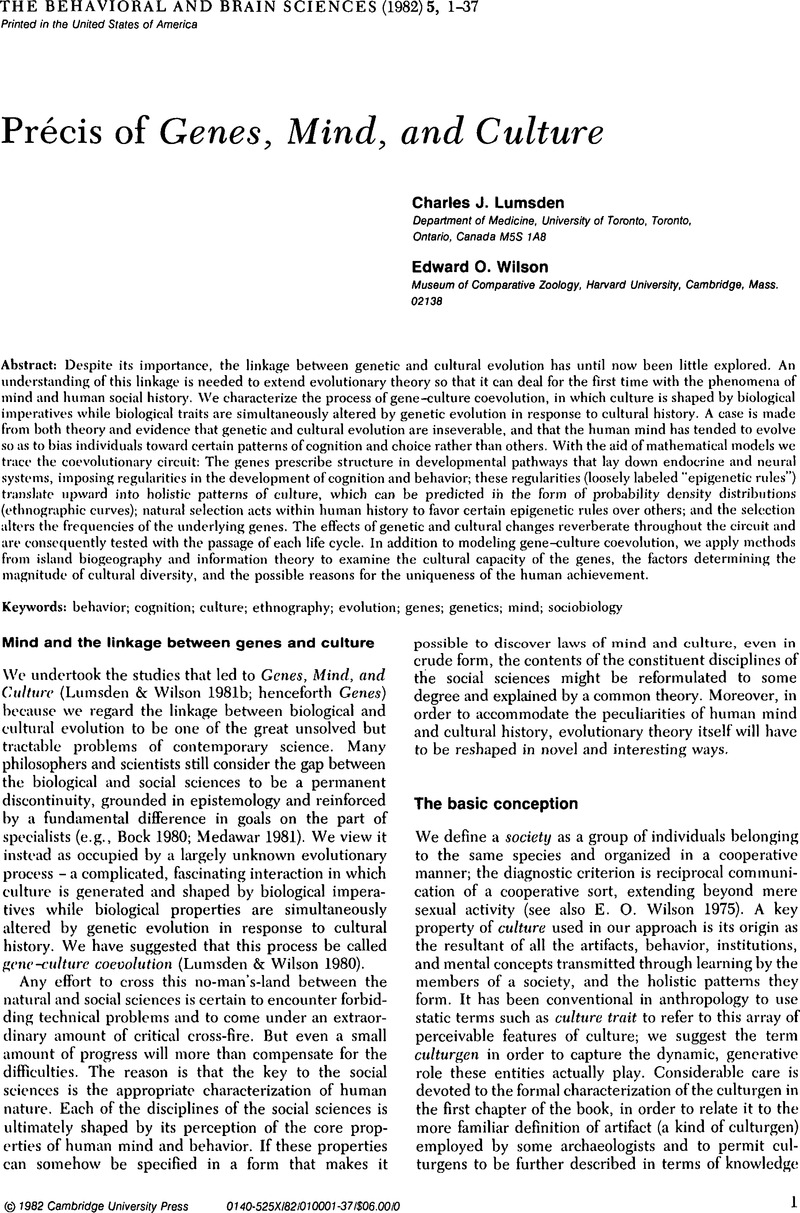Crossref Citations
This article has been cited by the following publications. This list is generated based on data provided by Crossref.
Schmidhauser, John R.
1987.
A Critique of “Bioconstitutional Politics: Toward an Interdisciplinary Paradigm”.
Politics and the Life Sciences,
Vol. 5,
Issue. 2,
p.
213.
Xia, Q.Z.
Chen, B.
Lebedev, V.T.
and
Lebedev, V.M.
2006.
Investigation on defects in Mg and Al alloys under dynamic loading by the small-angle scattering method.
Physica B: Condensed Matter,
Vol. 385-386,
Issue. ,
p.
614.



